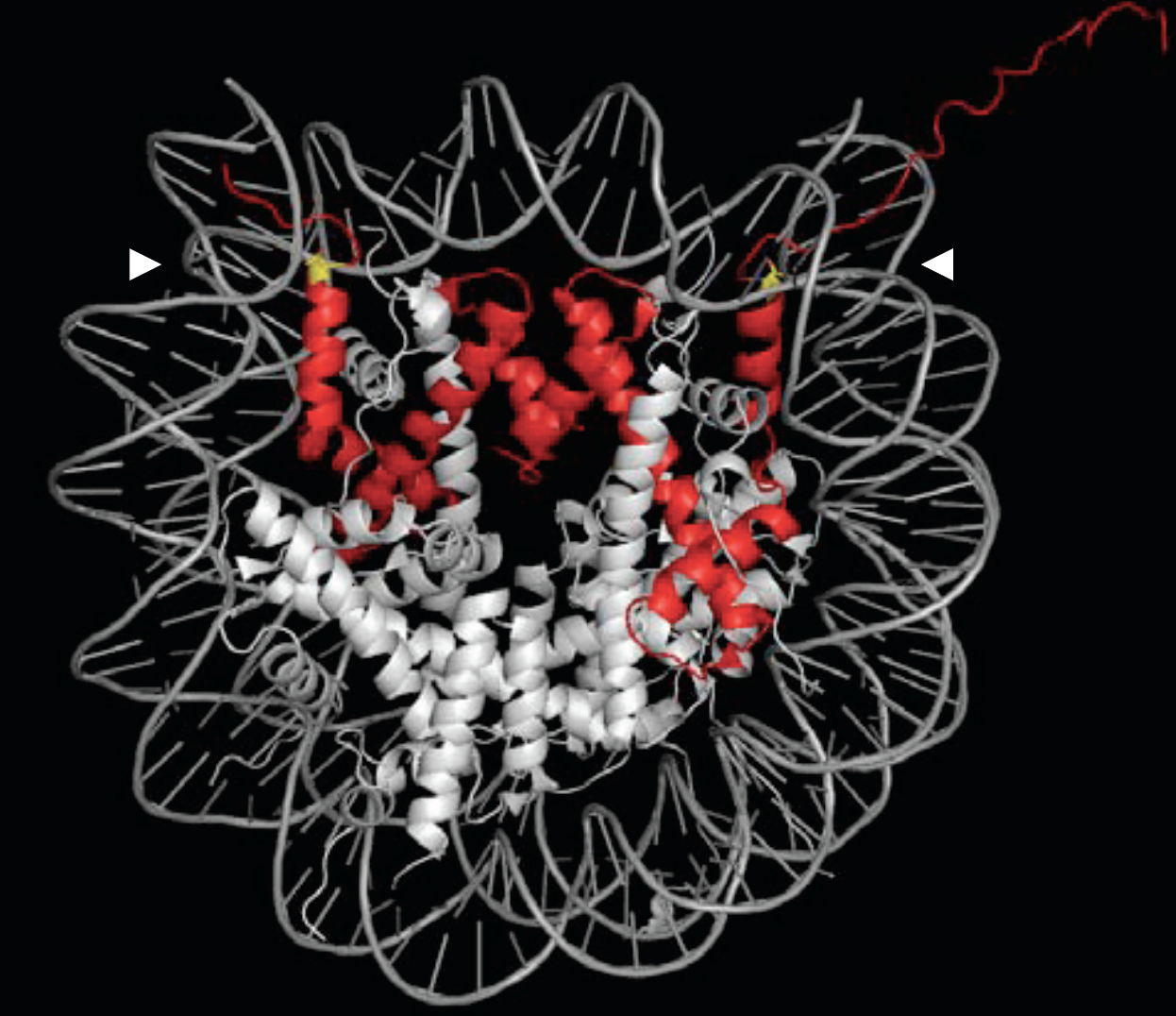
Dr Andrew Bannister
Position: Senior Research Associate
Personal home page:
http://www.gurdon.cam.ac.uk
PubMed journal articles - click here
Dr Andrew Bannister is pleased to consider applications from prospective PhD students.
I have spent the last three decades generally messing around with chromatin with a special focus on histones and their modifications. My research has focused on identifying novel histone modifications together with characterization of the enzymes (writers) responsible. I have a keen interest in identifying protein domains that specifically bind (readers) to modified histones. This information has been used to enable the development of small molecule inhibitors (to both writers and readers).
More recently, my focus has switched to the analysis of post-transcriptional RNA modifications and the relevant enzymes. Ultimately, I hope to be able to use the knowledge gained to develop novel anti-cancer therapeutic compounds.
Symplectic Elements feed provided by Research Information, University of Cambridge
Selective recognition of methylated lysine 9 on histone H3 by the HP1 chromo domain. Bannister AJ, Zegerman P, Partridge JF, Miska EA, Thomas JO, Allshire R and Kouzarides T (2001) Nature 410, 120-124.
Histone H3 lysine 4 methylation patterns in higher eukaryotic genes. Bannister* AJ, Schneider* R, Myers FA, Thorne A W, Crane-Robinson C and Kouzarides T (2004) Nat. Cell. Biol 6, 73-77.
JAK2 phosphorylates histone H3Y41 and excludes HP1alpha from chromatin. Dawson*, M.A., Bannister*, A.J., Göttgens, B., Foster, S.D., Bartke, T., Green, A.R. and Kouzarides, T. (2009) Nature 461, 819-822.
Demethylases go mental. Dawson, M.A. and Bannister, A.J. (2010) Mol. Cell 38, 155-157.
Regulation of chromatin by histone modifications. Bannister, A.J. and Kouzarides, T. (2011) Cell Res. 21, 381-395.
BET protein inhibitor shows efficacy against JAK2V617F-driven neoplasms. Wyspianska*, B.S., Bannister*, A.J., Barbieri, I., Nangalia, J., Godfrey, A., Calero-Nieto, F.J., Robson, S., Rioja, I., Li, J., Wiese, M., Cannizzarro, E., Dawson, M.A., Huntly, B., Prinjha, R.K., Green, A.R., Gottgens, B. and Kouzarides, T. (2014) Leukemia 28, 88-97.
Re-place your BETs: the dynamics of super enhancers. Amaral, P.P. and Bannister, A.J. (2014) Mol. Cell 56, 187-189.
Evolution of cancer cell resistance versus intelligent design of epigenetic drugs. Barbieri, I. and Bannister, A.J. (2014) Drug Disc. Today, doi:10.1016/j.ddmod.2014.05.005.
Promoter bound METTL3 maintains myeloid leukaemia by m6A-dependent translation control. Barbieri, I., Tzelepis, K., Pandolfini, L., Shi, J., Millán-Zambrano, G., Robson, S.C., Aspris, D., Migliori, V., Bannister, A.J., Han, N., De Braekeleer, E., Ponstingl, H., Hendrick, A., Vakoc, C.R., Vassiliou, G.S. and Kouzarides, T. (2017) Nature 552, 126-131.
















